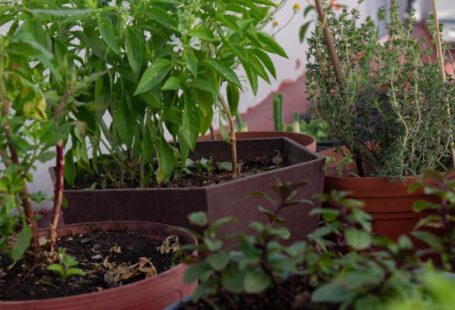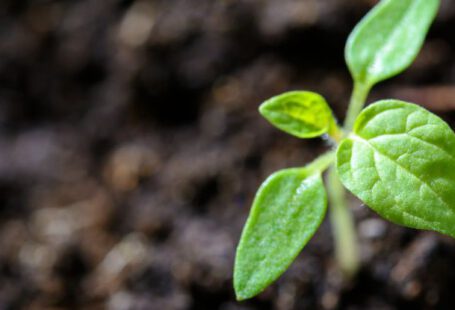Root vegetables are a versatile and nutritious addition to any garden, offering a bounty of flavors and textures to enjoy throughout the year. From crunchy carrots to earthy beets, these underground gems are not only delicious but also packed with essential vitamins and minerals. To ensure a successful harvest of root vegetables, it is important to understand the proper techniques for planting, caring for, and harvesting these crops. In this article, we will delve into the key steps to successfully plant and harvest root vegetables in your garden.
Choosing the Right Location
Selecting the right location for your root vegetable garden is crucial for a successful harvest. Root vegetables thrive in well-drained soil that is loose, fertile, and free from rocks and debris. Choose a sunny spot in your garden that receives at least six to eight hours of sunlight per day. Avoid planting root vegetables in compacted or waterlogged soil, as this can inhibit root development and lead to poor yields.
Preparing the Soil
Before planting your root vegetables, take the time to prepare the soil properly. Begin by loosening the soil to a depth of at least 12 inches using a garden fork or tiller. Remove any weeds, rocks, or debris from the planting area to create a clean and hospitable environment for your crops. Incorporate organic matter, such as compost or well-rotted manure, into the soil to improve its structure and fertility. Aim for a soil pH of 6.0 to 7.0, as most root vegetables prefer slightly acidic to neutral conditions.
Planting Root Vegetables
When planting root vegetables, it is important to follow the spacing and depth guidelines for each crop to ensure optimal growth. Carrots, beets, and radishes are typically sown directly into the garden bed, while potatoes are often planted as seed potatoes. Make sure to read the seed packet or plant label for specific instructions on planting depth and spacing. As a general rule, most root vegetables should be planted at a depth of 1 to 2 inches and spaced 2 to 4 inches apart. Water the newly planted seeds or seedlings thoroughly to help them establish roots in the soil.
Caring for Root Vegetables
Once your root vegetables are planted, it is essential to provide them with the proper care to promote healthy growth and development. Keep the soil consistently moist but not waterlogged, as fluctuating moisture levels can cause root crops to crack or become misshapen. Mulch around the base of the plants to conserve moisture, suppress weeds, and regulate soil temperature. Monitor your root vegetables regularly for signs of pests or diseases, and take appropriate measures to address any issues promptly.
Harvesting Root Vegetables
Knowing when and how to harvest your root vegetables is key to enjoying a bountiful and flavorful harvest. Most root vegetables can be harvested once they reach a mature size, which varies depending on the crop. Carrots are typically ready to harvest when their tops are 1 to 1.5 inches in diameter, while beets can be harvested when they reach 1.5 to 2 inches in diameter. Use a garden fork or trowel to gently loosen the soil around the base of the plant, taking care not to damage the roots. Lift the vegetables from the soil, brush off any excess dirt, and trim the tops if desired.
Storing Root Vegetables
After harvesting your root vegetables, it is important to store them properly to prolong their freshness and flavor. Most root vegetables can be stored in a cool, dark place with high humidity, such as a root cellar or refrigerator. Carrots and beets can be stored in perforated plastic bags in the crisper drawer of the refrigerator for several weeks, while potatoes should be stored in a cool, dark place away from onions to prevent sprouting.
Incorporating Root Vegetables into Your Meals
Root vegetables are incredibly versatile and can be used in a wide range of culinary applications. From roasted carrots and parsnips to mashed potatoes and beet salads, there are endless ways to enjoy the flavors and textures of these nutritious crops. Experiment with different cooking techniques, such as steaming, roasting, or grilling, to showcase the natural sweetness and earthy notes of root vegetables in your dishes.
Embracing the Bounty of Your Harvest
As you cultivate and harvest your root vegetables, take the time to savor the fruits of your labor and appreciate the bounty of nature. Whether you enjoy them fresh from the garden or incorporate them into your favorite recipes, root vegetables offer a delicious and nutritious way to connect with the earth and nourish your body. By following these tips for successfully planting and harvesting root vegetables, you can enjoy a season of abundance and flavor in your garden.





